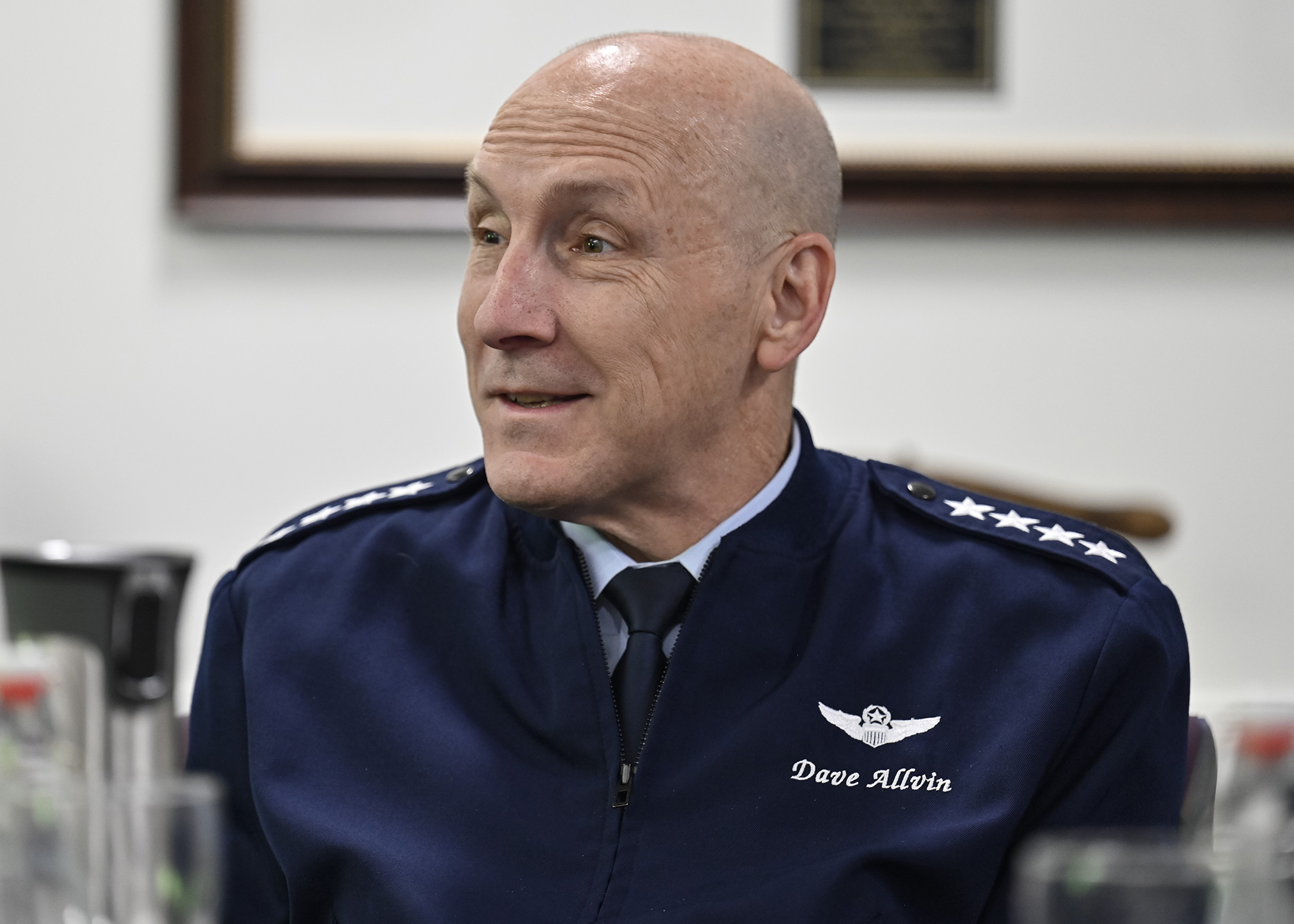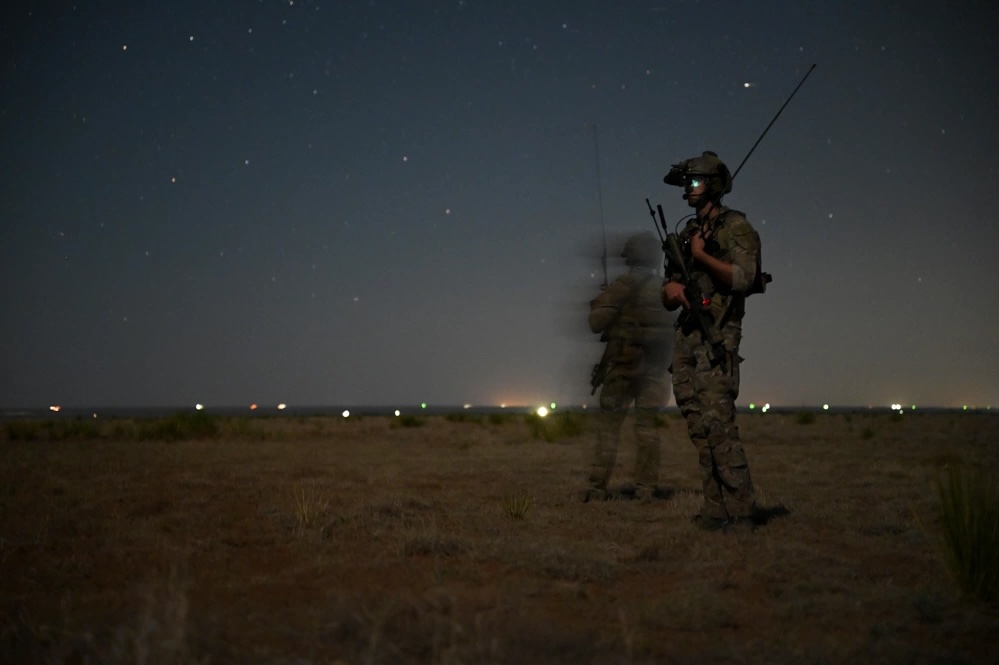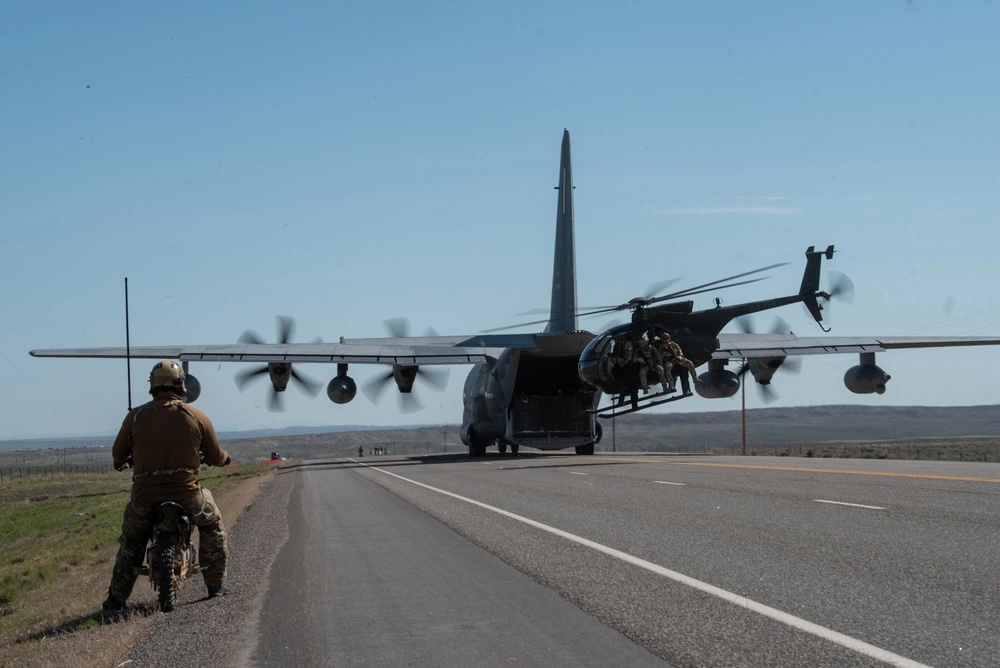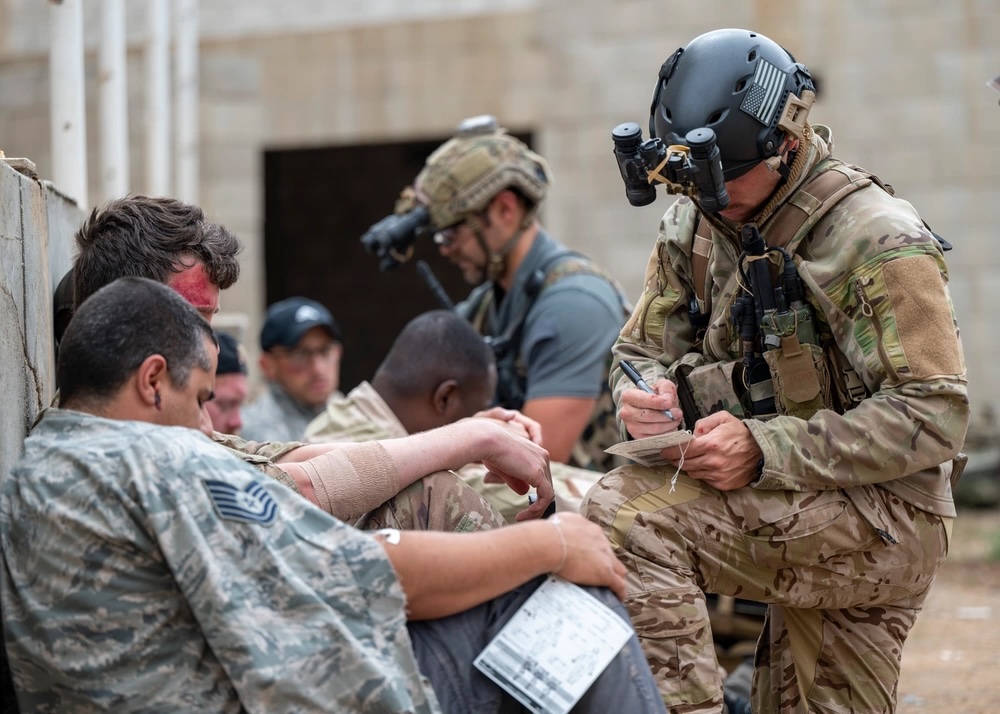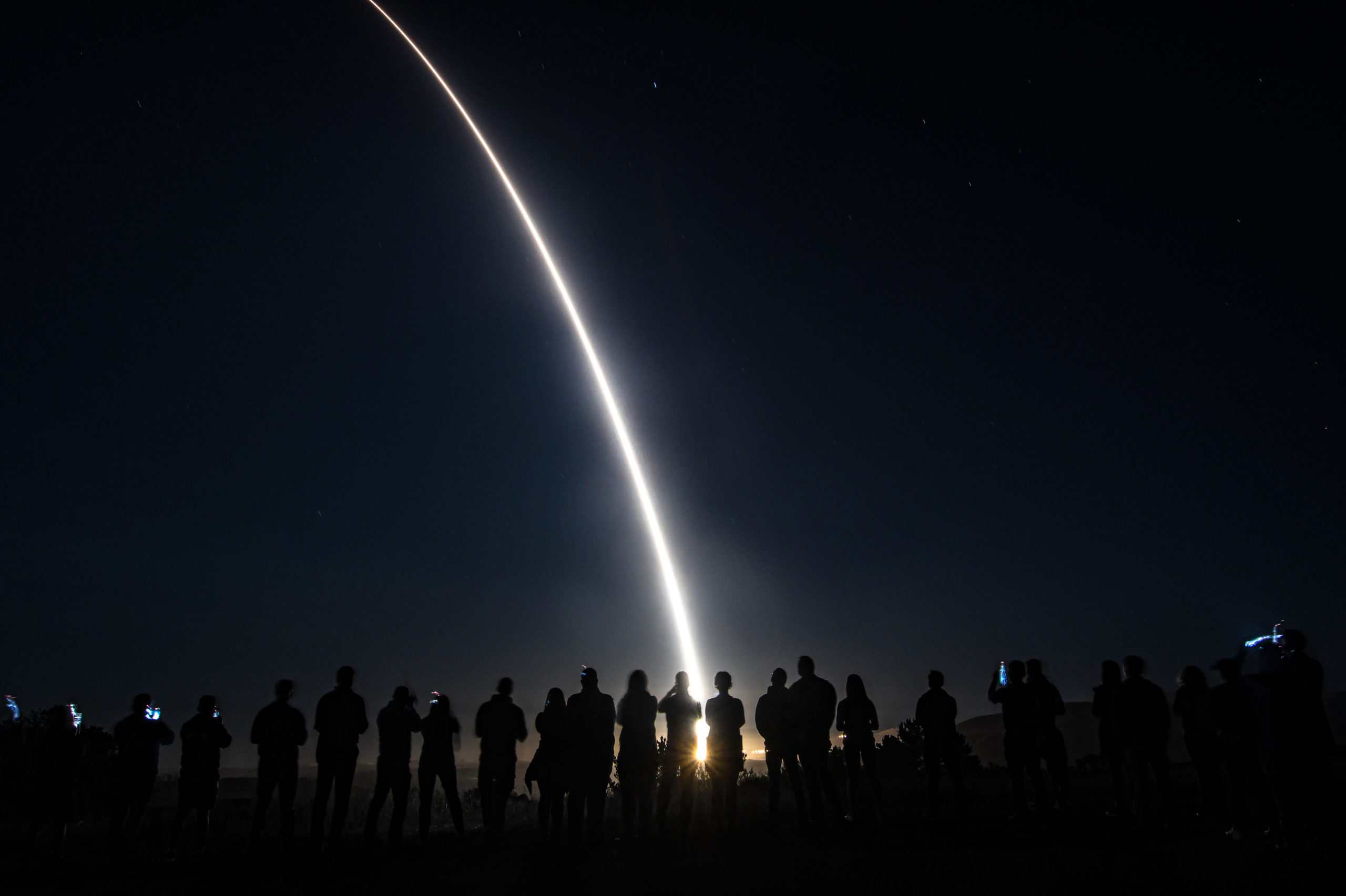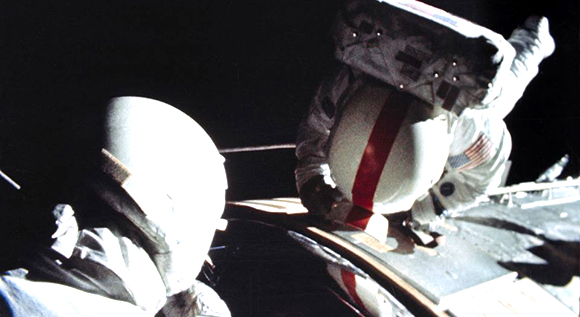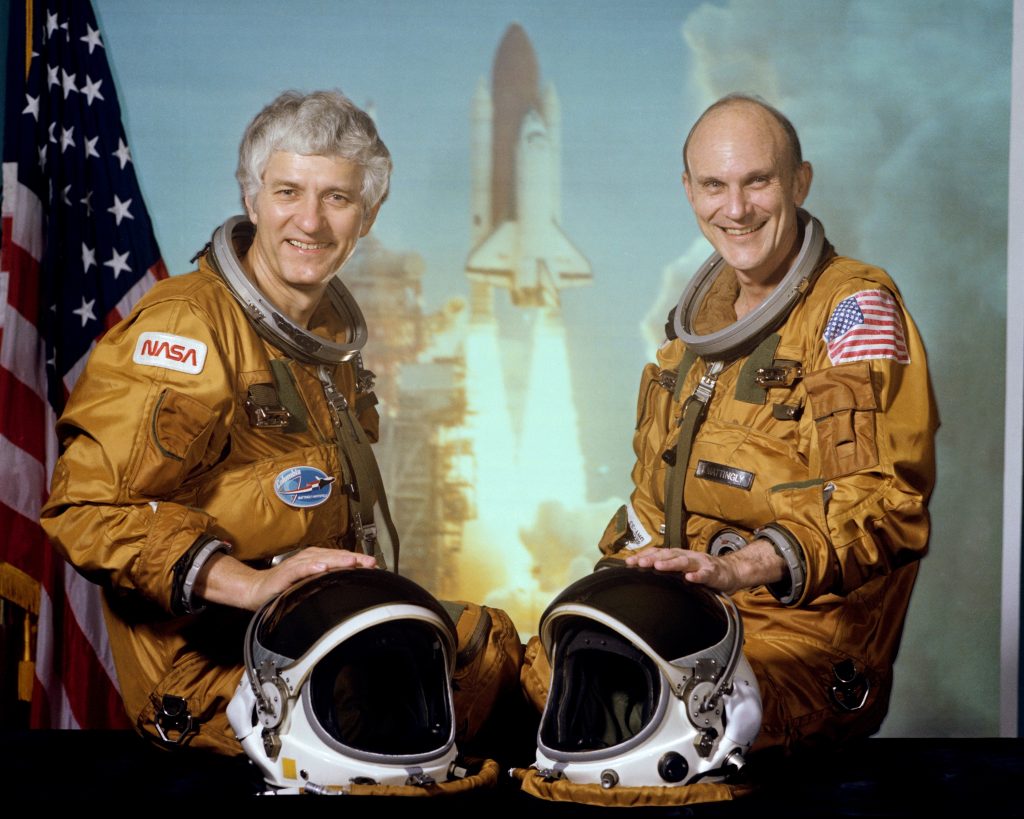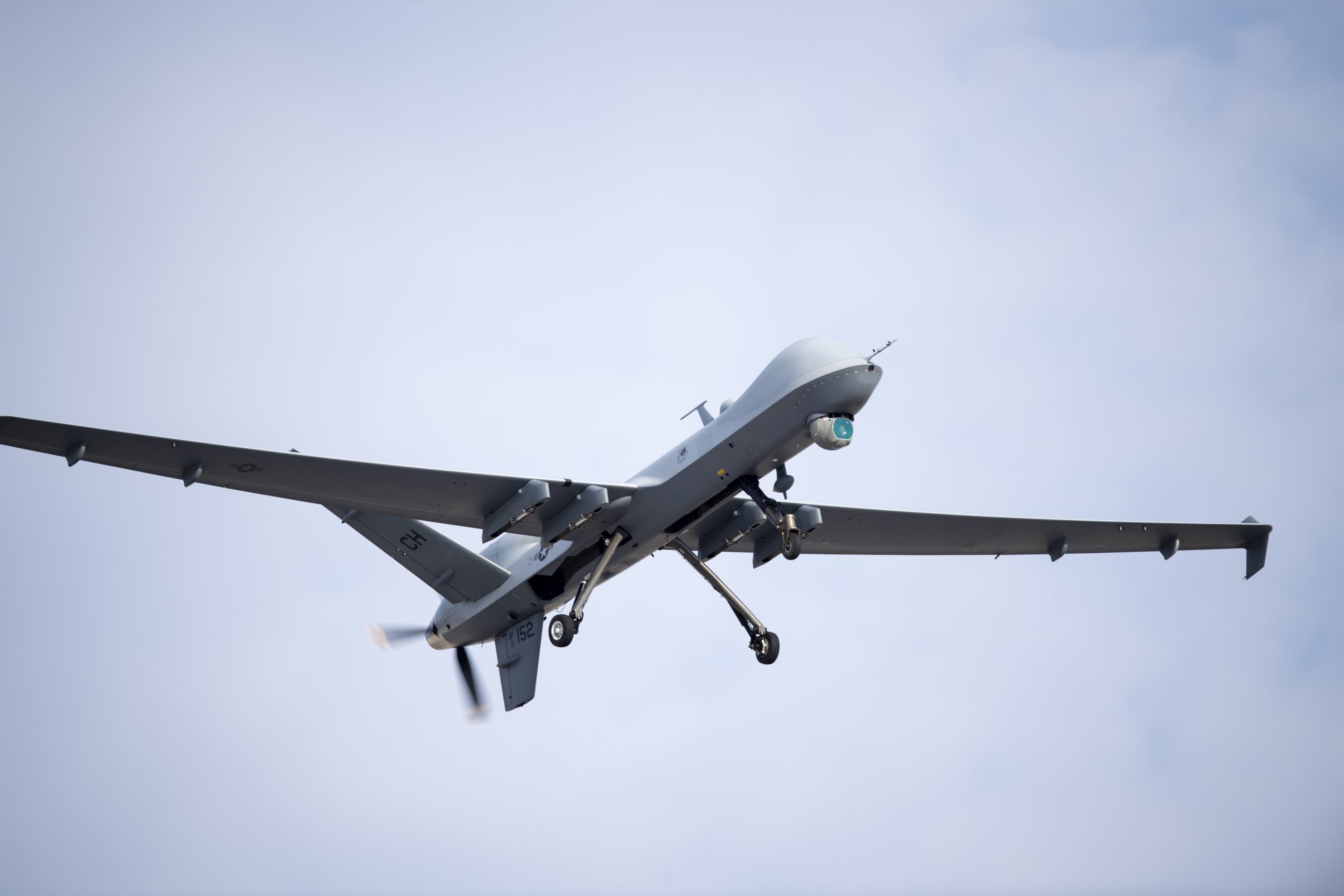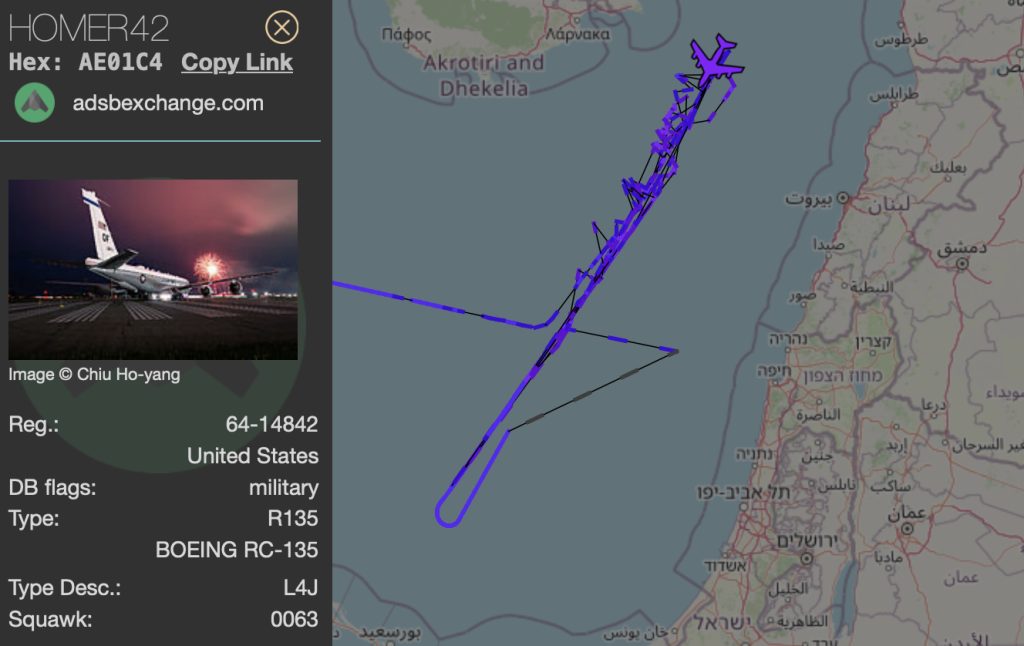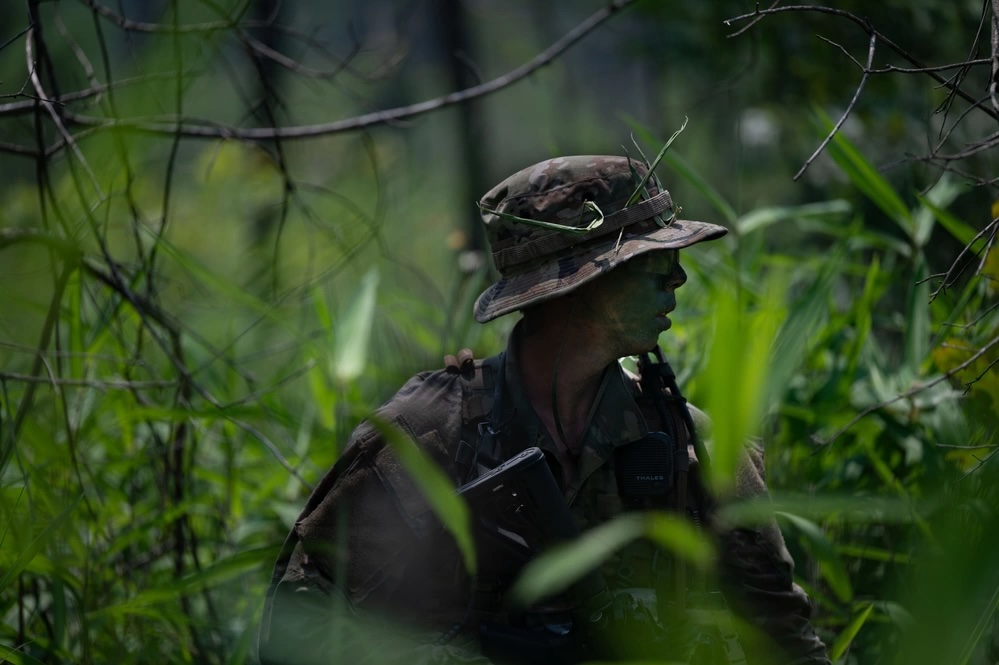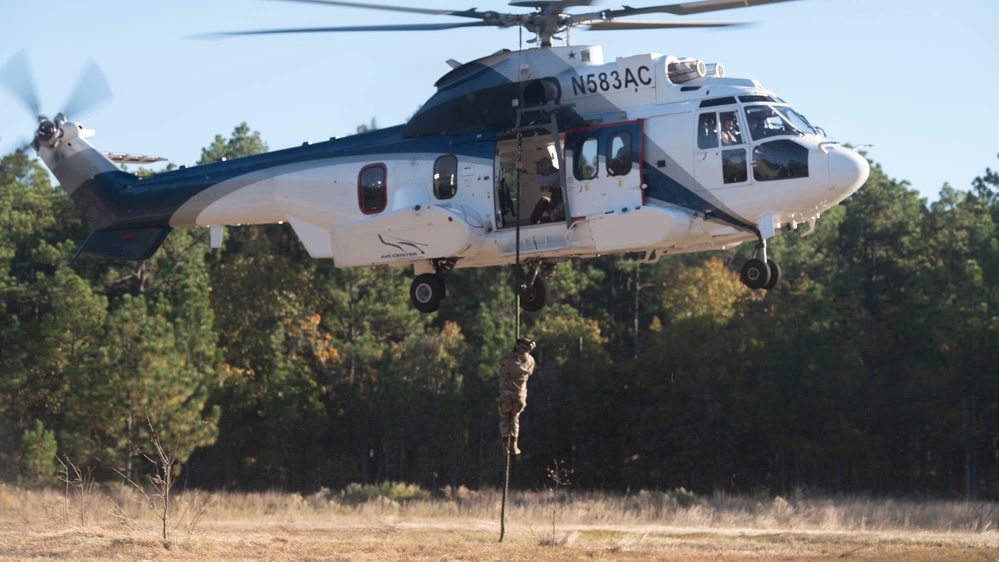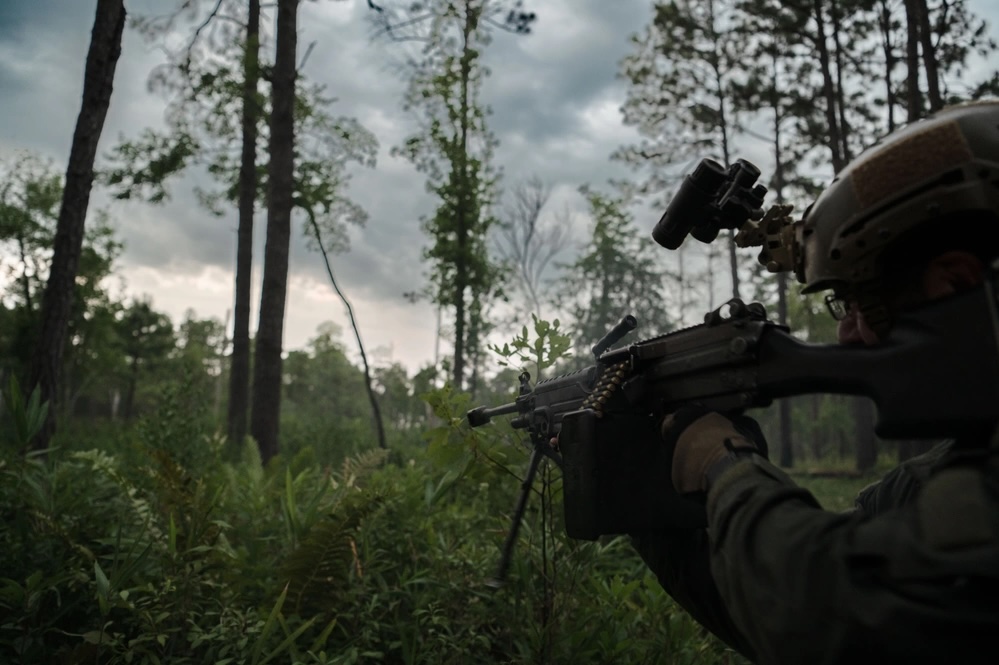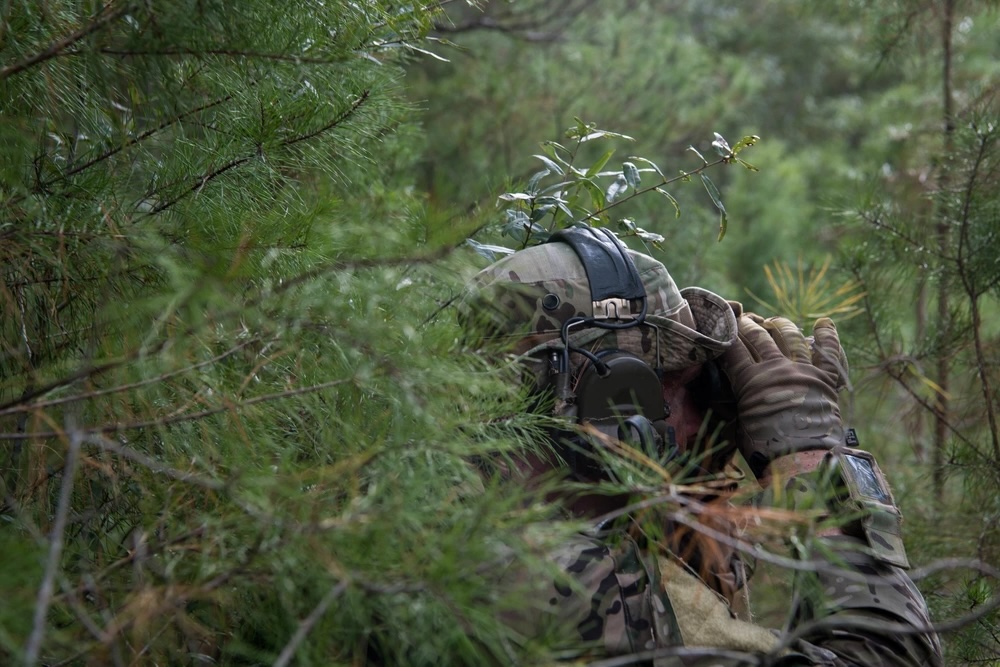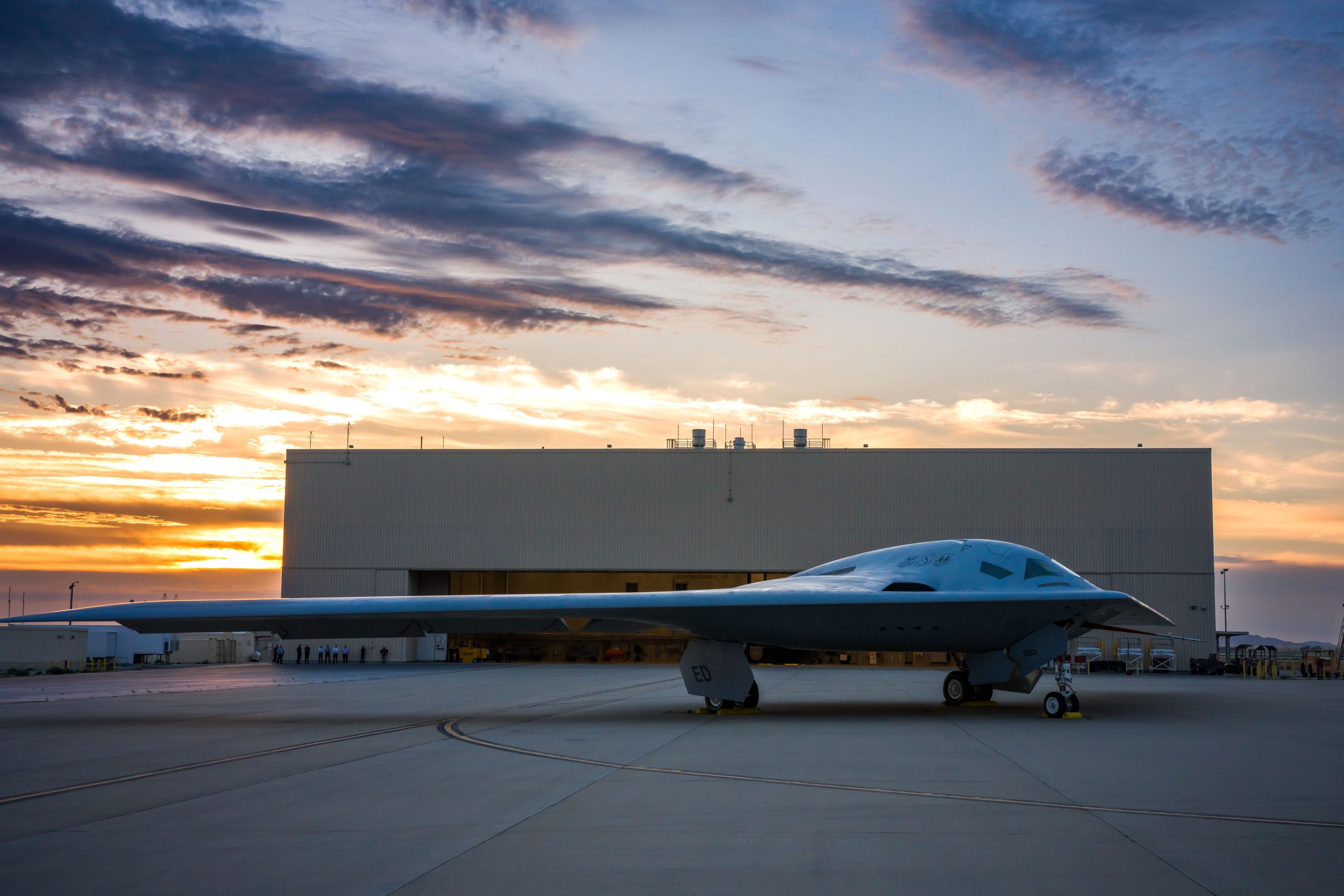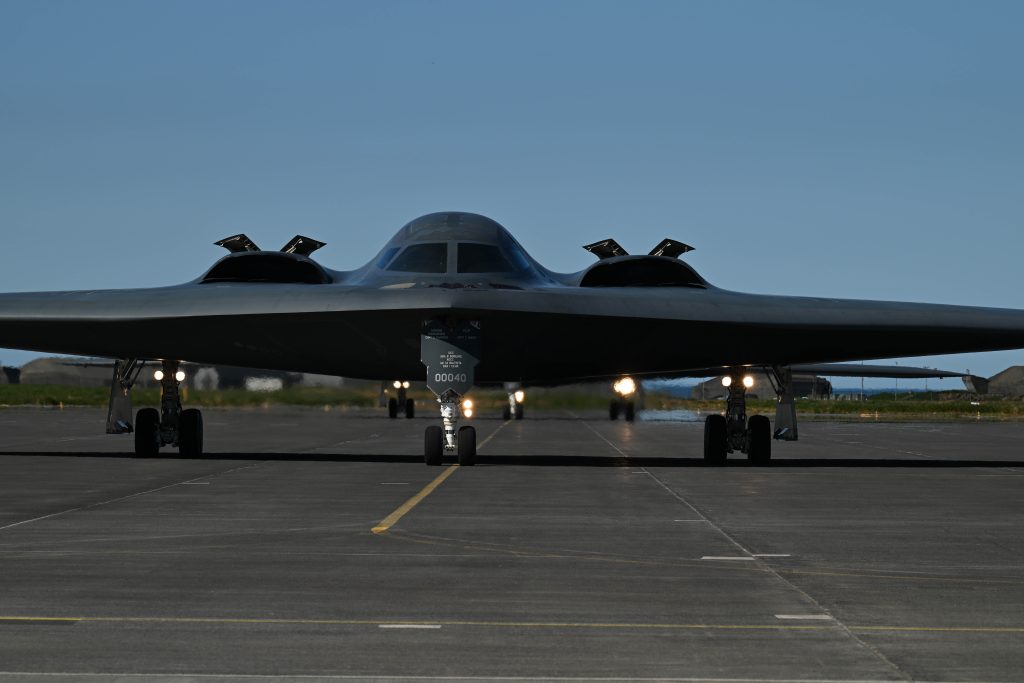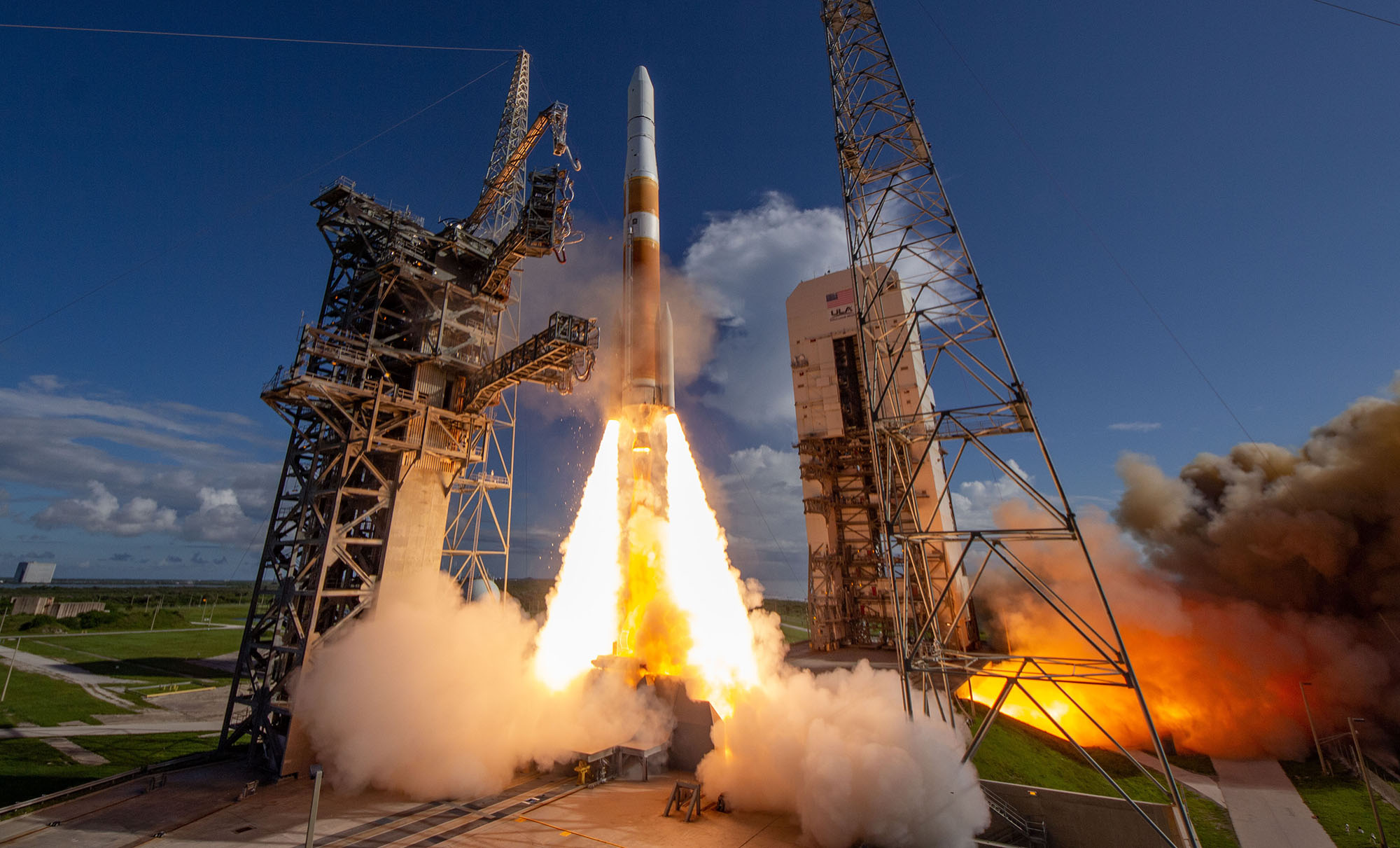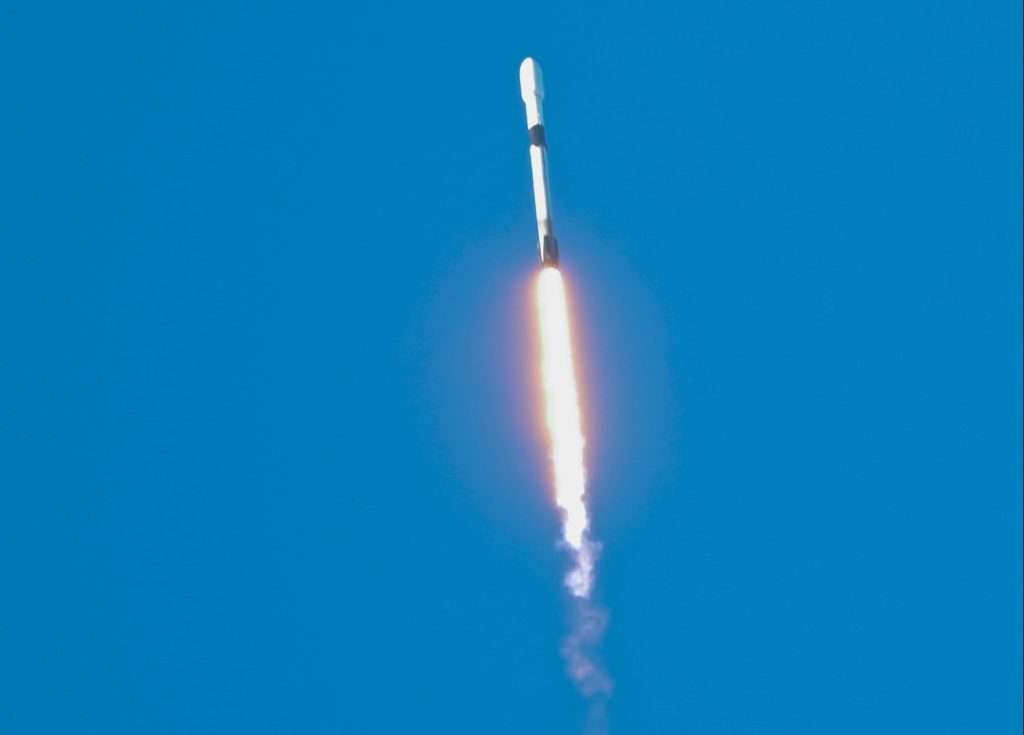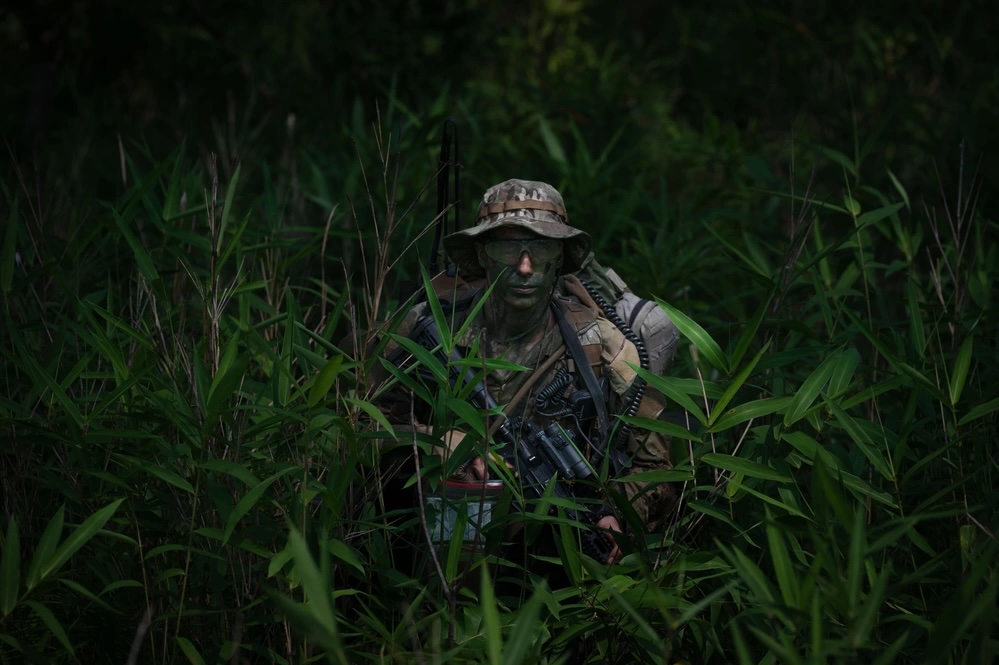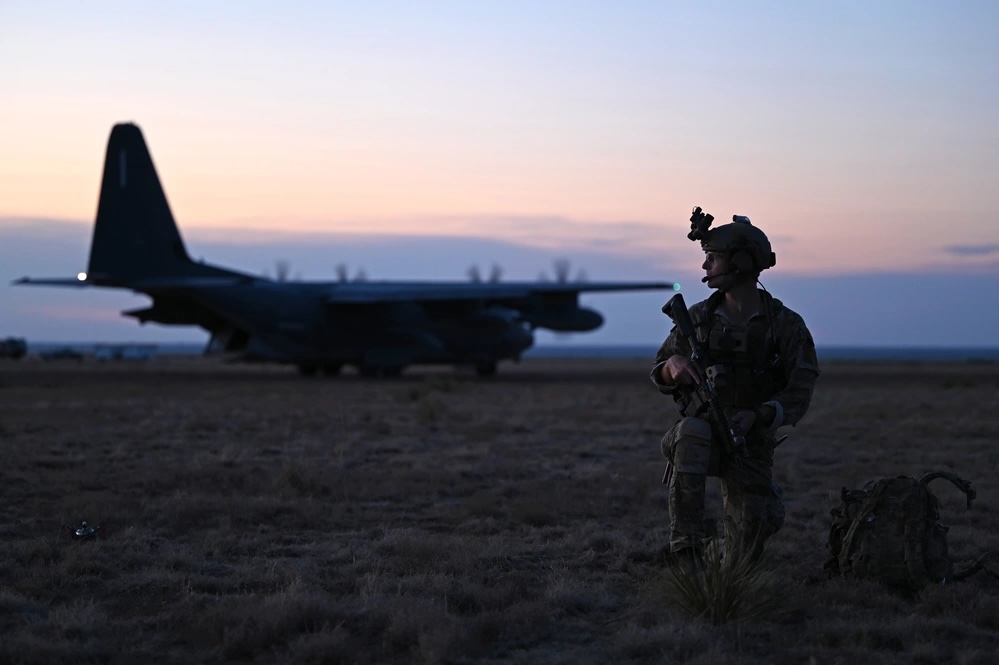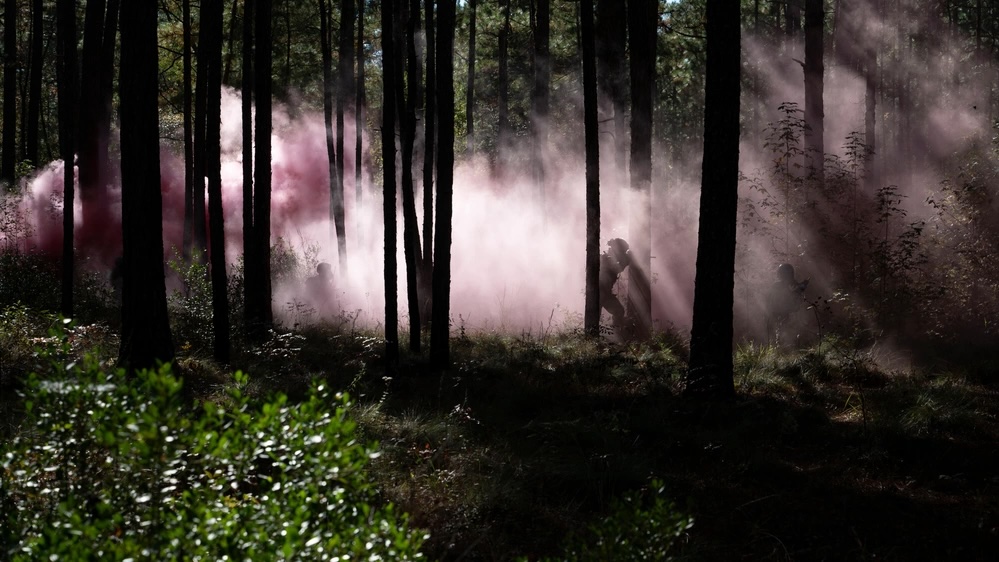Gen. David W. Allvin’s first message to his Airmen praises each of the past three Air Force Chiefs of Staff for the work they did to modernize and set the priorities for a 21st Century Air Force. Now, he says, it’s up to every Airman to “follow through” to ensure those initiatives bear the fruit needed to meet the challenges of tomorrow.
Just days after being sworn in as USAF’s 23rd Chief of Staff, Allvin spelled out his priorities in a Nov. 6 memo to Airmen in which he emphasized the essential role the Air Force could play in future conflict.
“The attributes of the changing character of war are ones well suited for our service. Speed, tempo, range, agility, flexibility, precise lethality, and resilience have been the hallmarks of airpower since our inception,” Allvin wrote. “The future holds ambiguity, but our task is clear: We must now follow through.”
Allvin takes the helm at a critical juncture in the Pentagon’s move to implement the 2022 National Defense Strategy, which identifies China as the pacing threat due to its aggressive military buildup, the scale of its economy, and its great technical prowess, while noting the challenges posed by Russia, Iran, North Korea, and radical extremism.
The Oct. 7 attack by Hamas on Israel demonstrates how regional crises can suddenly erupt and how the tentacles of multiple threat actors can be intertwined. The United States scrambled to deploy air, ground, and naval forces in the wake of that attack in an effort to deter others from entering the war. But each of the threats identified in the NDS has some kind of connection to the region. The Pentagon must grapple with the possibility that multiple conflicts may break out simultaneously in different parts of the globe.
Allvin, a former test pilot with more than 4,600 flight hours in more than 30 aircraft—including 800 flight test hours and 100 combat hours—is familiar with those challenges, having held key roles in Europe, Afghanistan, and the Pentagon on both the Air Staff and Joint Staff. He helped write “America’s Air Force: A Call to the Future” in 2014 and the “Air Force Future Operating Concept” in 2015, documents that laid the groundwork for what was initially termed “multi-domain operations” and later evolved to become and Combined Joint All-Domain Command and Control (C-JADC2).
Allvin was Vice Chief under Gen. Charles Q. Brown Jr., who became Chairman of the Joint Chiefs of Staff on Oct. 1 and played a lead role in tackling recruiting and retention as the senior member of Brown’s Barriers to Service Cross-Functional Team, which worked to eliminate processes and rules that were keeping otherwise-qualified civilians from joining the force.
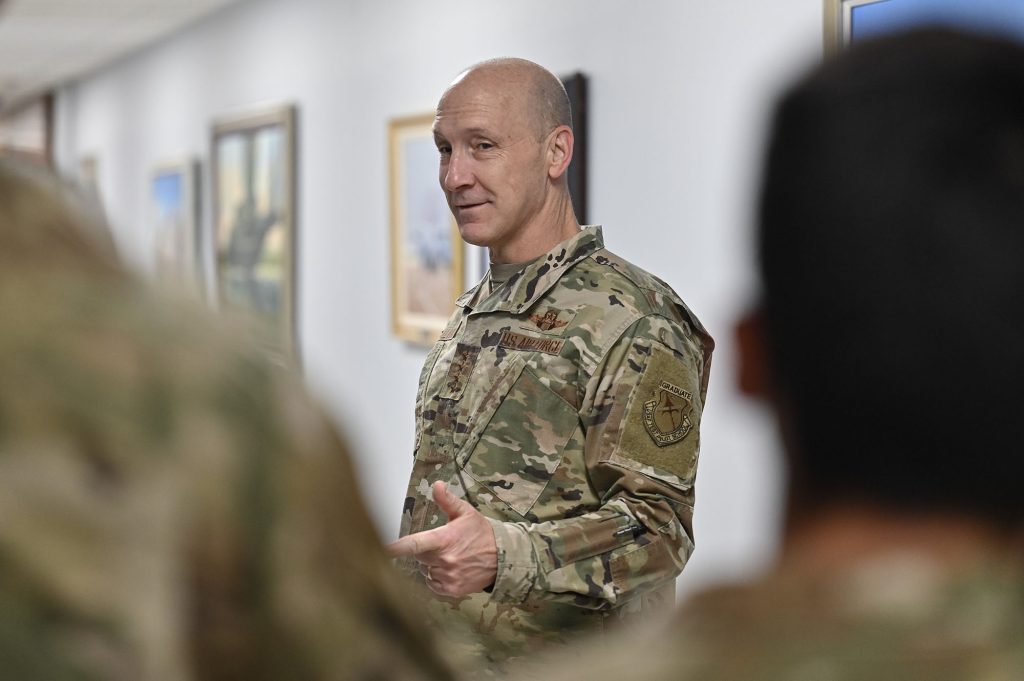
“We have formidable challenges ahead,” Allvin wrote, adding that “many of the solutions to these challenges are not a mystery” and that the Air Force has been working to address those challenges “for some time.”
The answer is not a handful of new initiatives, but the essential follow-through necessary to turn existing initiatives into results. Repeating that word follow through at least seven times he told Airmen it’s not time now to pause, but to move out:
- “Follow through—on the changes our Airmen and their families expect and deserve. Changes worthy of their commitment and sacrifice, and suited to fulfill the oaths we take on service of this Nation.
- “Follow through—to transform the products of our Operational Imperatives into actual meaningful operational capability. This requires thoughtful consideration and integration, with the ultimate aim of maximizing combat effectiveness.
- “Follow through—to ensure our force presentation and force generation models are aligned to the way we intend to fight as articulated in our current Air Force Future Operating Concept. This means adapting many of our current paradigms for units of action, and orienting toward team preparation for deployment to be combat effective more rapidly.
- “Follow through—to define and refine the force design that provides the optimum size, shape, and composition of our force. This entails not only incorporation of currently unfielded classes of capabilities (e.g., collaborative combat aircraft (CCA)), but also new competencies and skill sets for which we must organize and train future Airmen.
- “Follow through—to adapt our organizational structure to optimize for great power competition. This entails applying “integrated by design” to capability development. This organizational design should focus on ensuring designated commanders can focus on training, readiness, and warfighting—with both the requisite authority and accountability. Meanwhile, other commanders will focus on supporting capability development and sustainment. However, all will be oriented on providing well trained, equipped, and ready forces for deterrence and conflict.
- “Follow through—on training transformation. This requires continued focus on learner-centric training and education to optimize individual human performance. We have demonstrated new ways to leverage technology to not only improve information absorption and application for specific skill sets, but also ways to tailor training to individual Airmen and enable them to learn and apply skills more rapidly and effectively throughout their years of service.
- “Follow through—on harnessing the innovative talent and spirit that exists in every corner of our Air Force by vectoring that energy towards solving our key Air Force challenges. We must continue to connect and empower the innovation ecosystem so the brilliance of individuals can better serve the entire Air Force team.
- “Most importantly, we must follow through on our commitment to the success of the team. This includes demanding and protecting an environment in which all Airmen can reach their full potential. It means uplifting our wingmen, while holding ourselves accountable for our actions. It means removing barriers while maintaining and enforcing standards. It means all-axis leadership—top-down, peer-to-peer, and even ‘leading up.’”
Allvin has been the acting Chief of Staff of the Air Force since Oct. 1 while his nomination was held up in the Senate by Sen. Tommy Tuberville (R-Ala.), who has blocked general officer promotions over concerns about DOD funding travel for troops and family members seeking abortions or other reproductive health services unavailable in their duty locations.
After making no inroads with Tuberville, despite drawing increasing ire—and in some cases outright vitriol—of fellow Republicans, Senate Majority Leader Chuck Schumer (D-N.Y.) called individual roll-call votes for the leaders of the military services up for a vote.
Despite the Senate’s political gridlock the upper chamber had little objection to Allvin himself, swiftly confirming him in a 95-1 vote on Nov. 2 once his nomination reached the floor. Allvin was sworn in soon after the vote by Kendall at Falcon Stadium at the Air Force Academy, his alma mater. Both men were attending Corona, a conference of senior Air Force leaders that Kendall and now Allvin lead.
“We know each of us is serving in a place of importance in this great Air Force, and in a time of extraordinary consequence,” Allvin concluded. “I can think of no cause more honorable than this, and I could not be more proud to serve as your Chief of Staff. We know the challenges… let’s follow through and meet them head on!”
